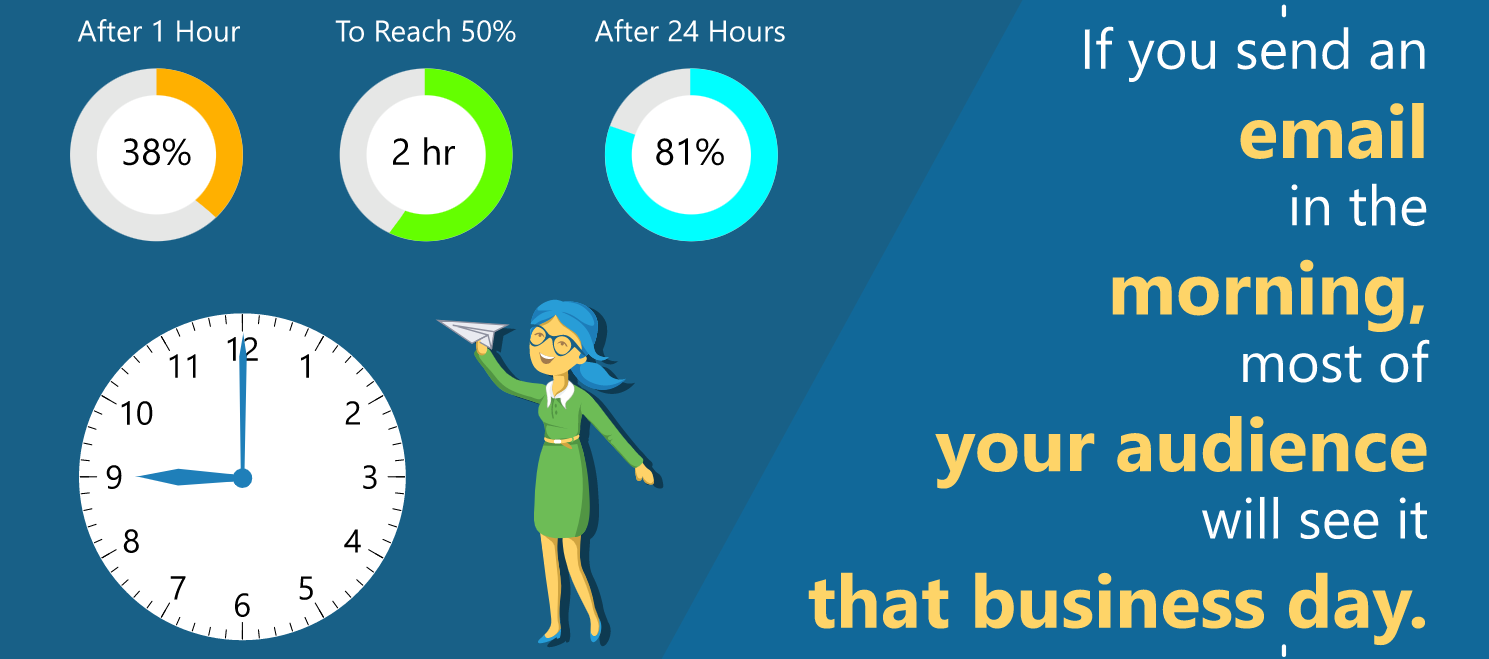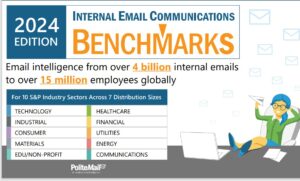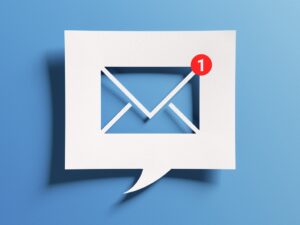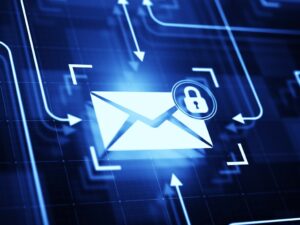2.2B emails sent to 12M employees: What to know about email overload
Simple ways to increase email open, click and engagement rates.

Organizations rely on metrics.
They’re how leaders assess financial results, productivity, and sales and marketing activity. They tell us how we’re performing and where we need to improve.
To get those metrics, you must facilitate sustained, data-driven communication with team members and clients.
How?
By giving your run-of-the-mill email communications a facelift.
The lifespan of a typical email broadcast
When you send an email blast, half of your audience will see it within three hours. On average, 80%will see it within 24 hours.
If you send an email in the morning, most of your audience will see it that business day. However, if you send it in the afternoon, about half won’t see it until the following morning.
In both cases, 95%of all message interactions will occur by the end of the next business day.
After three days, you’ll see almost no further interaction.
Are employees paying attention to your emails?
Attention spans are shorter than ever — and even if recipients opened the message, there’s no guarantee they paid attention to it.
Keep your subject line to seven words or less for the highest attention rates.
Subject lines with five words or fewer have an attention rate of 69%, while subject lines over 11 words have an almost 10%ignore rate.
Emails sent from a person get more attention than those sent from generic mailboxes. To be more specific, emails sent from a person have an average attention rate of 60%, while emails sent from a generic mailbox have an average ignore rate of almost 10%.
When to send your emails
When it comes to email, not all days are created equal.
The best time to send employee broadcasts is early in the week. While most corporate email broadcasts are sent on Thursdays, Tuesday is the highest-performing day.

Want employees to click on something? Sending clickable messaging on Mondays or Tuesdays will give you a full percentage point benefit.
This is a 12%increase versus sending later in the week.
Best time of day to send emails
Most email blasts go out in the morning. However, our research shows that emails sent in the afternoon garner the highest average attention, readership, and engagement rates.
Yet, when combined with the lifecycle data, we noticed the highest overall engagement when emails appear at the top of an employee’s inbox first thing in the morning or immediately after lunch.
What does that all mean?
If you want an email read the day it was sent, send employee broadcasts before 1 p.m.
Audience size and email content
Does audience size matter?
A smaller audience is a better audience.
As distribution lists increase, attention, readership, and engagement rates generally decline.
It’s funny, you’d expect the total volume of activity to increase with larger audiences, yet smaller lists actually generate more volume at comparable content distribution amounts.
In short, the more targeted your messaging gets, the better it is received.
Best to send focused, relevant content to smaller, more targeted audiences.
Preview content and attention
When evaluating broadcast email performance by content type, we noticed something:
Text-centric emails perform better than image-centric ones.
To be more specific, headlines and text in the email preview window currently gain 14%more attention than those with high-density images.
In short, headlines capture more attention than banners in the email preview window.
Professional email analysis
When people are overwhelmed by email, they start ignoring it.
So how do you know if people are reading or ignoring you? You integrate the PoliteMail tool into Microsoft 365.
This tool allows you to measure, manage, and improve your email communications strategy.
Need some incentive? Communications teams using PoliteMail for at least two years report improved email metrics and better, more streamlined communication.
Summary
There are several ways to increase email open, click, and engagement rates: keep subject lines short, skip images, send early in the week before 1 p.m., and use the PoliteMail tool to measure results.
Michael DesRochers is managing partner at PoliteMail.






